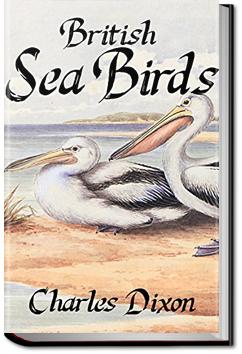UNLIMITED Audiobooks and eBooks
Over 40,000 books & works on all major devices
Get ALL YOU CAN for FREE for 30 days!
British Sea Birds
Charles Dixon
Book Overview:
Charles Dixon describes briefly each of the British sea-going birds, their appearance, habits and distribution, in an easy to understand manner, generally separated into their family groups.
Charles Dixon describes briefly each of the British sea-going birds, their appearance, habits and distribution, in an easy to understand manner, generally separated into their family groups.
How does All You Can Books work?
All You Can Books gives you UNLIMITED access to over 40,000 Audiobooks, eBooks, and Foreign Language courses. Download as many audiobooks, ebooks, language audio courses, and language e-workbooks as you want during the FREE trial and it's all yours to keep even if you cancel during the FREE trial. The service works on any major device including computers, smartphones, music players, e-readers, and tablets. You can try the service for FREE for 30 days then it's just $19.99 per month after that. So for the price everyone else charges for just 1 book, we offer you UNLIMITED audio books, e-books and language courses to download and enjoy as you please. No restrictions.
The Great Skua resorts to its breeding grounds in April, and the eggs are laid in May. As it returns yearly to the same places, it very possibly pairs for life. The nests are made upon the ground of the high moorlands, amongst the heath and grass, and are mere hollows in the moss, sometimes lined with a little dry grass. The eggs of this Skua are two in number, and vary from pale buff to dark olive-brown in ground colour, sparingly spotted and speckled with dark brown and grayish-brown. These eggs are large in size, and very closely resemble those of the Herring Gull. But one brood is reared in the year, and by the end of August the young birds and their parents desert the nesting colony,. . . Read More
Try now for FREE!

"Love your service - thanks so much for what you do!"
- Customer Cathryn Mazer
"I did not realize that you would have so many audio books I would enjoy"
- Customer Sharon Morrison
"For all my fellow Audio Book & E-Book regulars:
This is about as close to nirvana as I have found!"
- Twitter post from @bobbyekat


